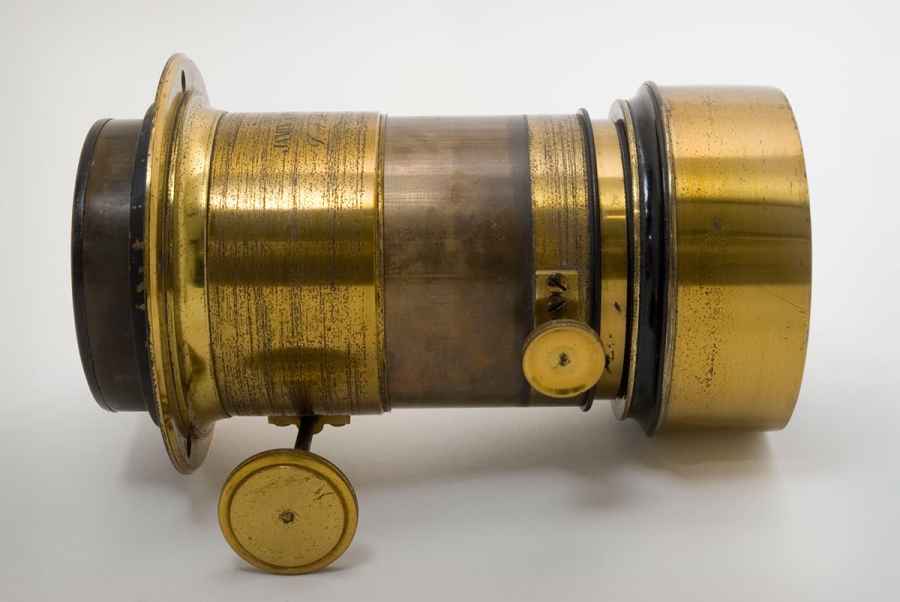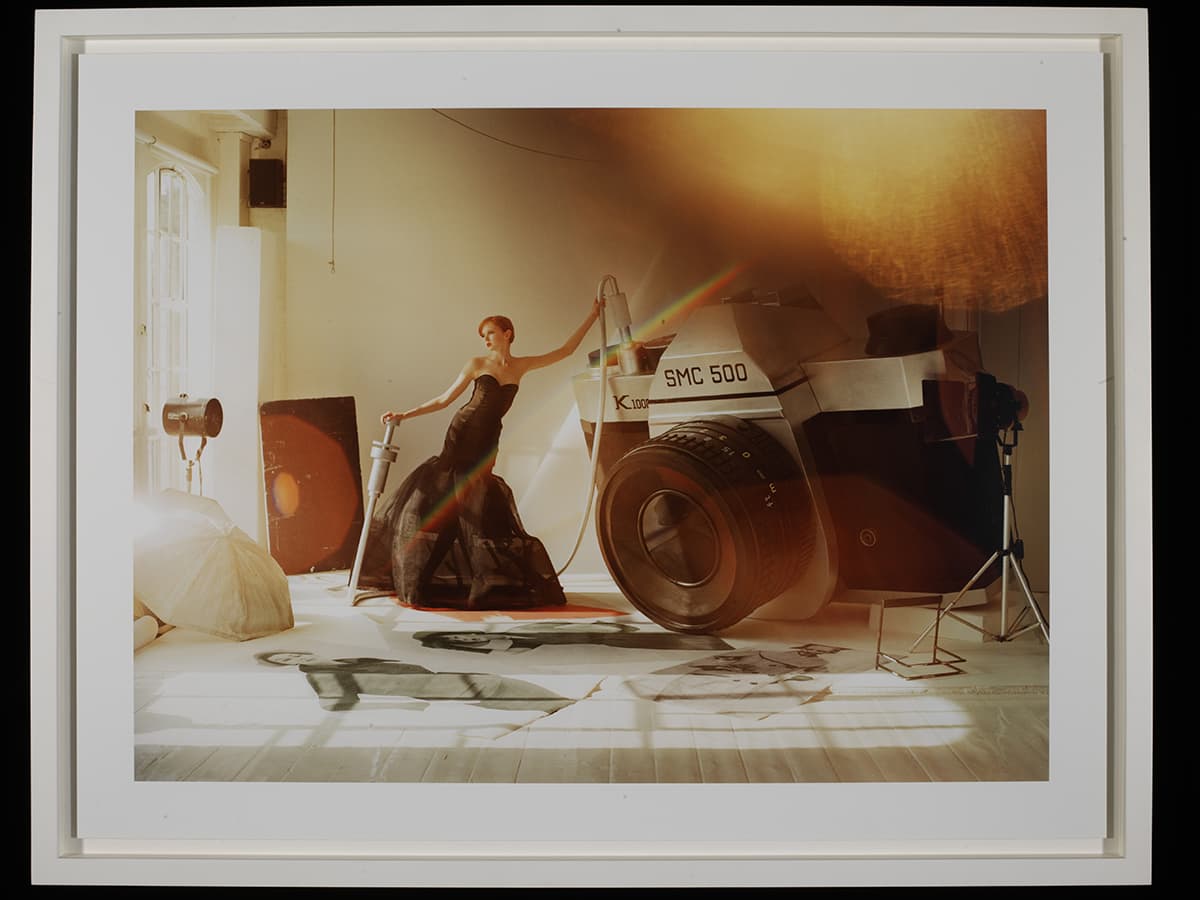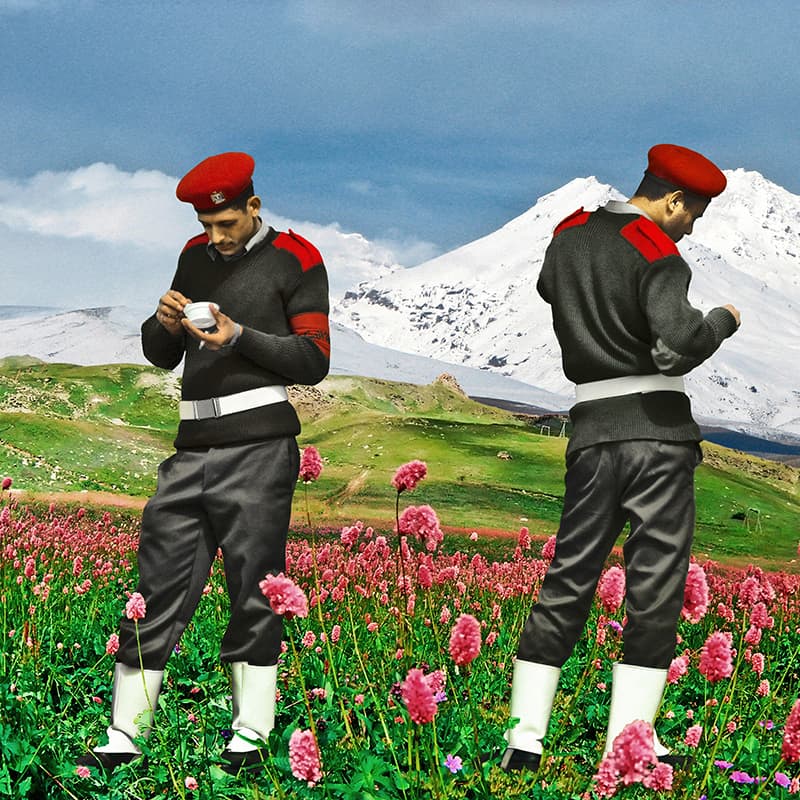
Credit: Victoria and Albert Museum
The V&A has announced the its plans to create a new Photography Centre, to hold its collection – promising a new premier, public space to celebrate, appreciate and study photography, to be available in Autumn 2018. When it launches, it will also be accompanied by a fresh, museum-wide festival celebrating the art of photography in its many forms, as well as a new digital resource for photography enthusiasts the world over.
The V&A has been collecting photographs since it was founded in 1852, eventually growing to hold around 500,000 works. Earlier this year, the V&A completed a controversial absorption of the Royal Photographic Society collection from its original home in Bradford – adding a further 270,000 photographs, 26,000 publications and over 6,000 pieces of camera-related equipment to its own sizable collection – to create the world’s largest photography-related collection.
The new space should make the museum one of the world’s only major sites to feature a chronological history of photography, from its inception to the modern day, on permanent display. The addition of the RPS collection to the original V&A has reunited a number of precious historical objects; William Henry Fox Talbot’s first cameras are now together with his handmade prints, and Julia Margeret Cameron’s lens has joined her ground-breaking portraits and letters, for example.

Julia Margaret Cameron’s camera lens, circa 1860. © The RPS Collection at the Victoria and Albert Museum, London
According to the museum, the creation of the new Photography Centre will more than double its current photography-display area, while plans are also in place to later provide a teaching and research space, browsing library, studio and darkroom facilities for resident photographers.
New purpose-built storage facilities are also to be created to house parts of the extended collection that are not on display. A project to catalogue and digitise the RPS collection is now also underway.
Speaking about the new centre, Martin Barnes, Senior Curator of Photographs at the museum, wrote: “The V&A’s Photography Centre will be one of the few places in the world where a chronological history of the medium illustrated with original photographs, equipment and archive material can always be seen. We want to reach beyond restrictive definitions of photography to embrace the broader cultures of the medium.
He also spoke of plans for combined exhibitions that celebrate the fine art of photography with the history and technology that make it possible.
Visit the V&A’s website here for more information about the museum.

Eadward Muybridge, ‘Man performing a handstand on stairs’, 1887, Collotype. © Victoria and Albert Museum, London










